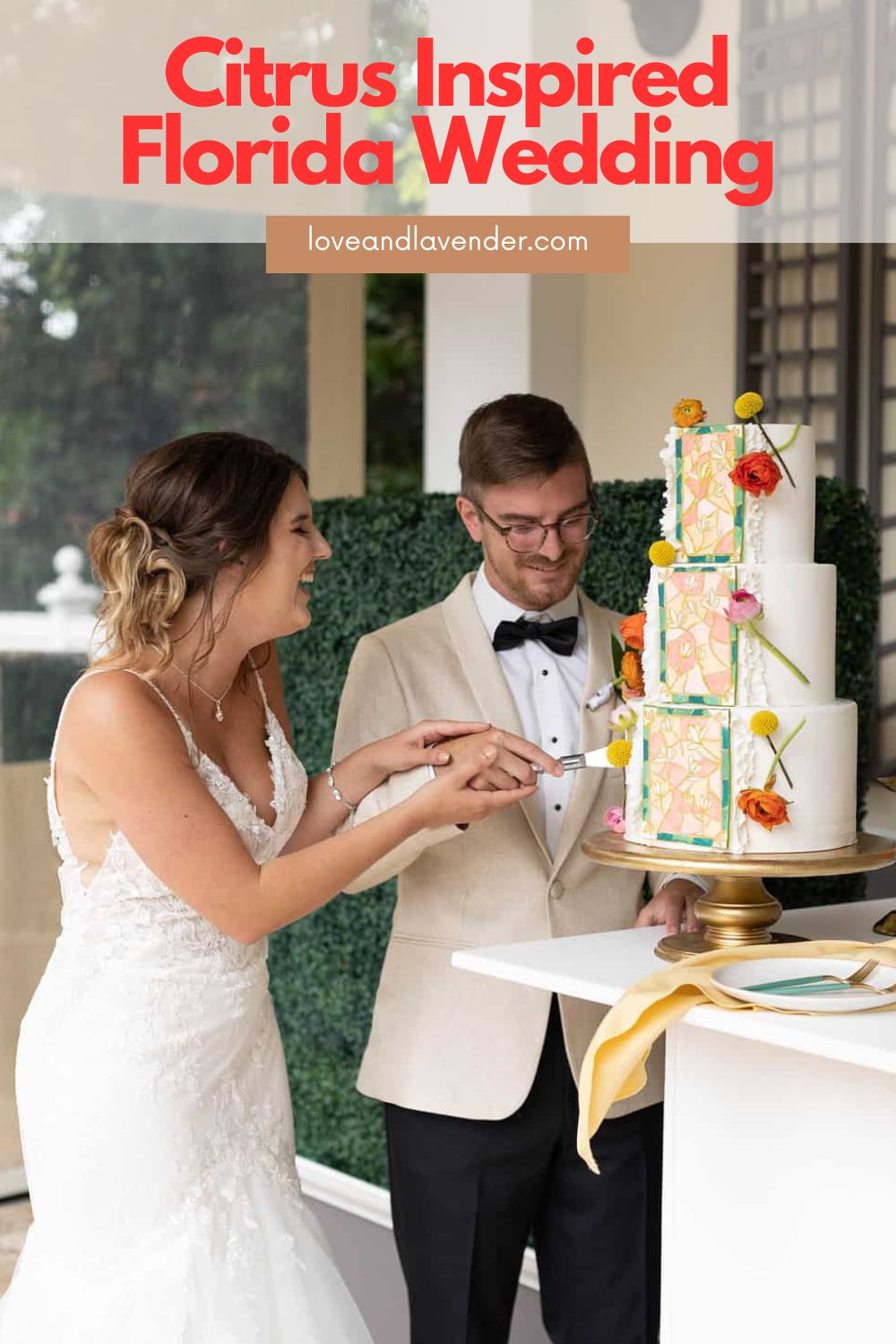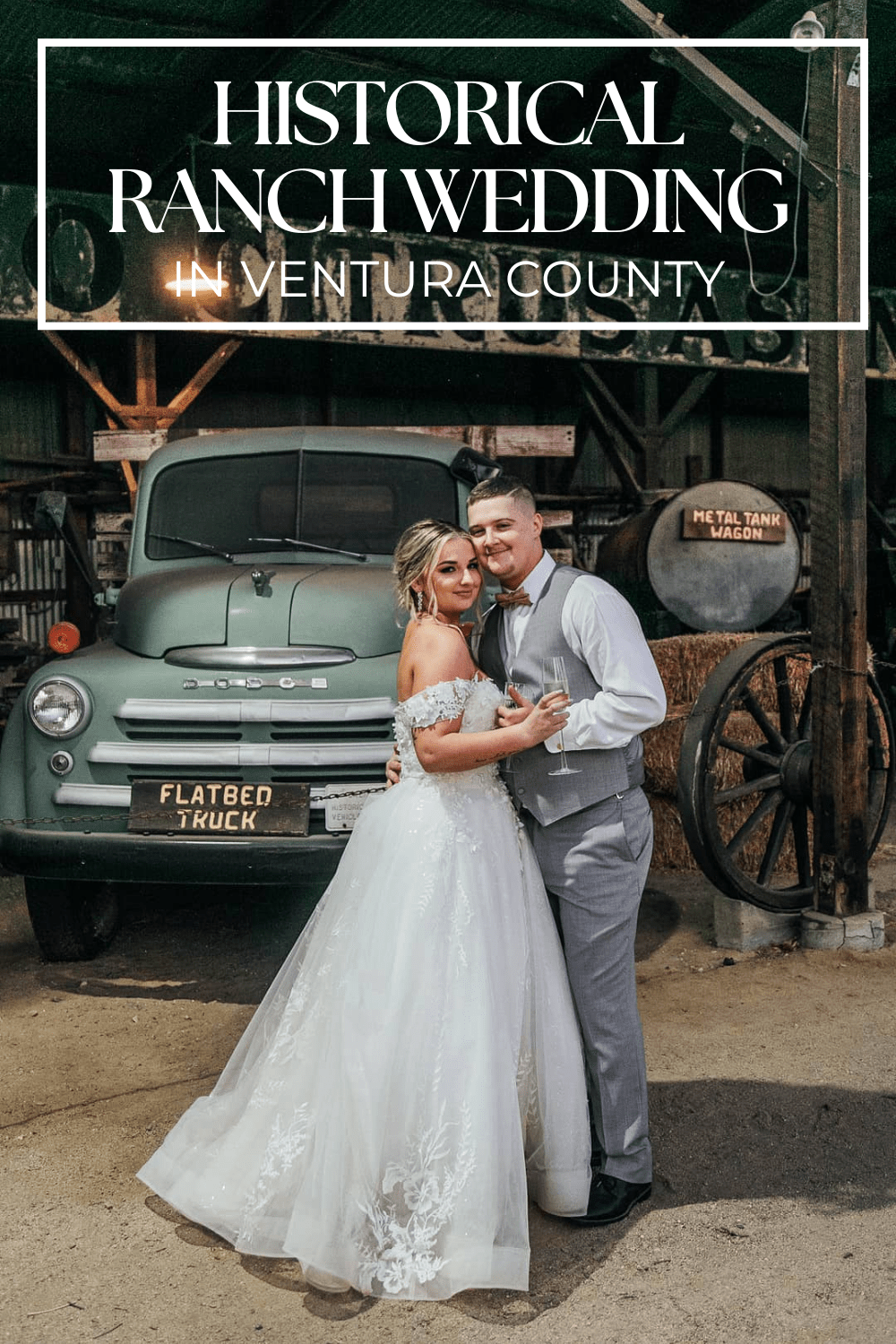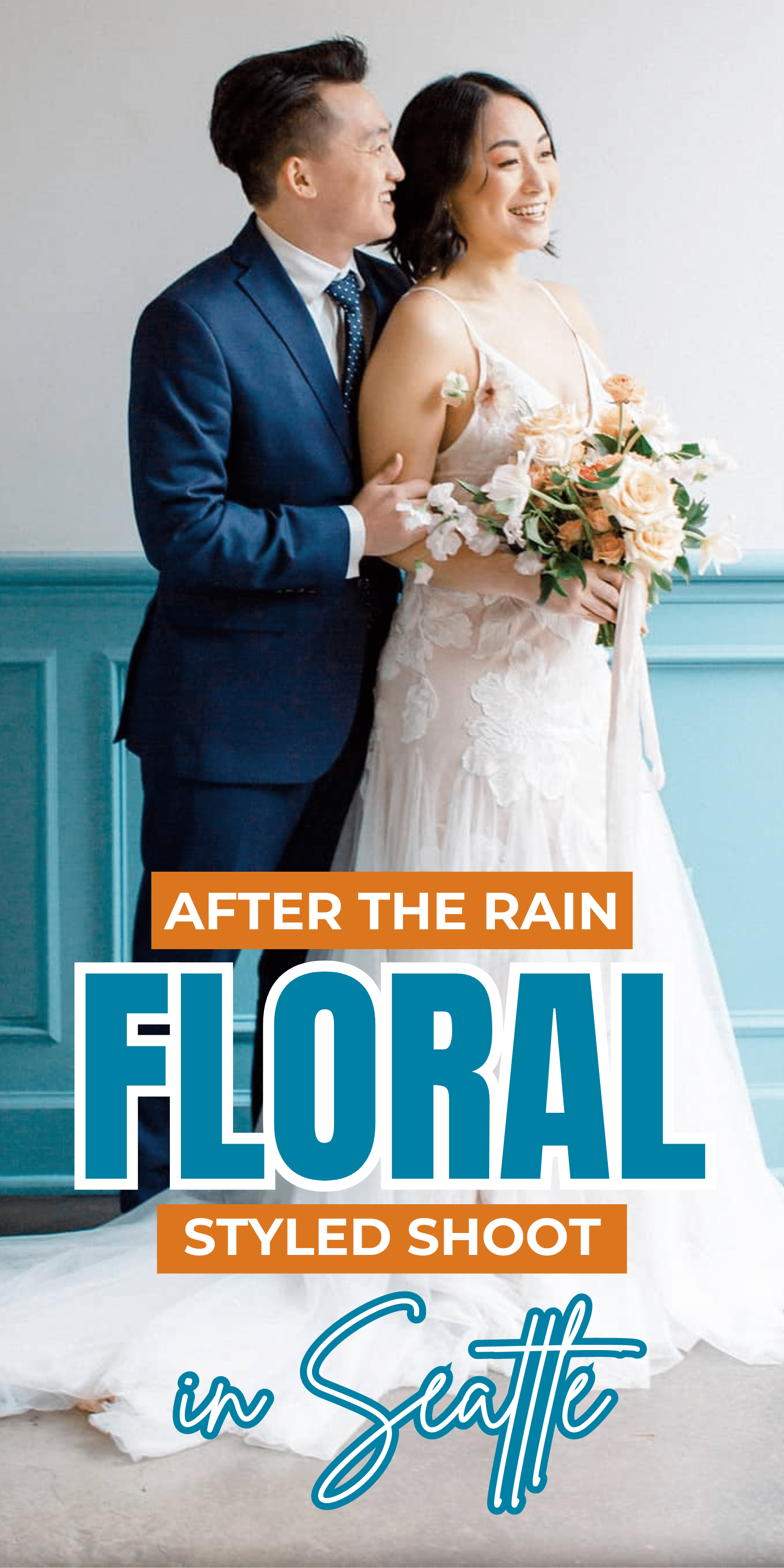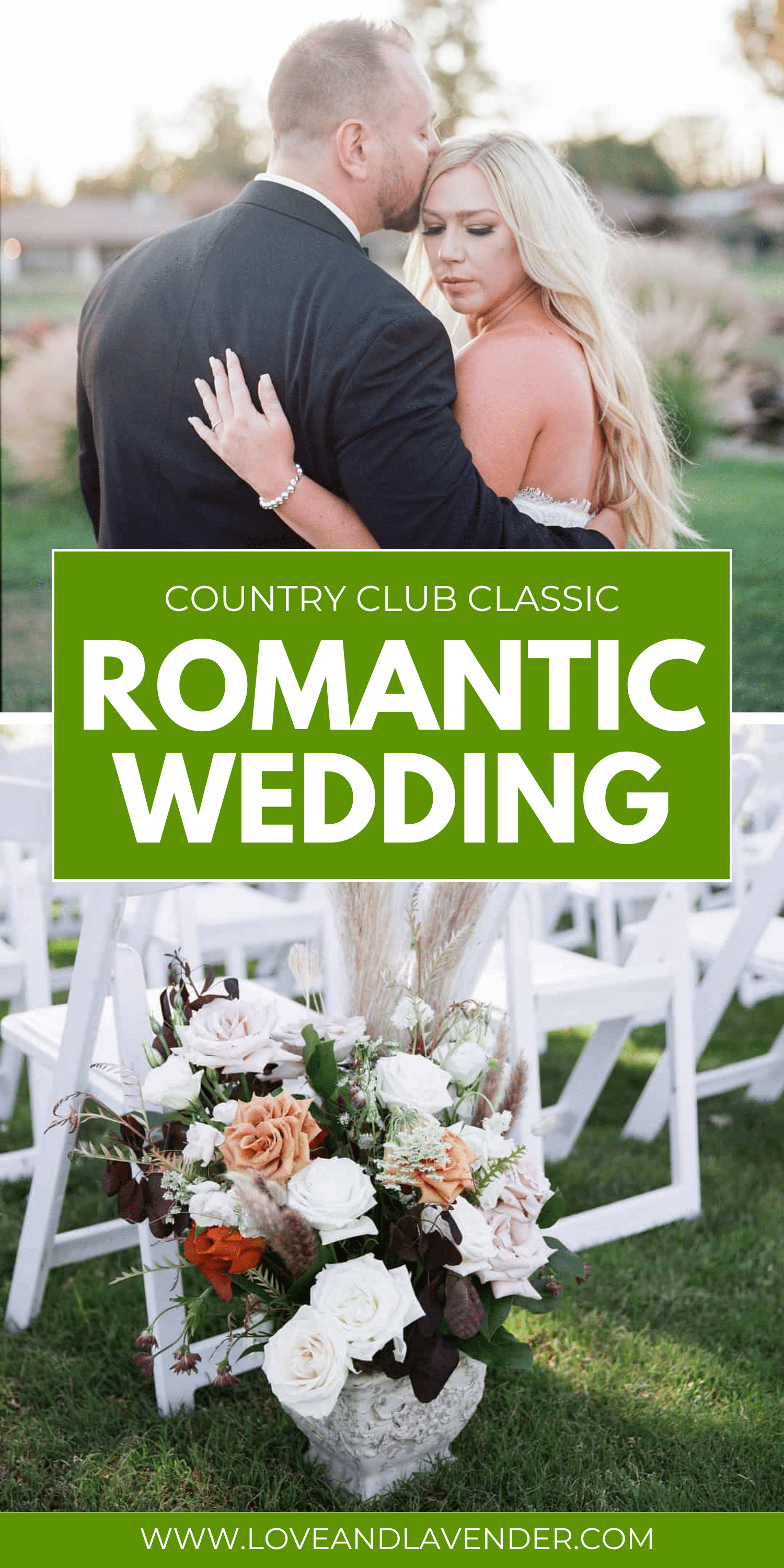In many ways, a 5-carat diamond ring is the ideal balance of boldness and beauty. For those of you looking for a true statement diamond piece, rather than a soft sparkle, it may be the ideal choice, especially for an engagement or wedding ring.
However, as a larger diamond, it’s critical that you (or your significant other) understands everything about your choice before you sign on the dotted line to buy. After all, no one wants to be scammed on a piece this close to their heart!
If you’re looking to find yourself the perfect 5-carat match, we’ve assembled everything you need to know before you commit.
 Pin
PinWhat Is a 5 Carat Diamond Ring?
There’s a common misconception that carat value and size are linked. That’s not so! The carat of a diamond ring refers to its weight. 5-carats is roughly equivalent to one gram.
While that may not sound like much, it packs a punch in the sparkle department. This means that you can find a wealth of styles, colors, and designs to choose from when searching for a 5-carat diamond ring.
Of course, a ring with a 5-carat diamond doesn’t have to be a solitaire or the only stone in the setting! If you’re looking at a ring with multiple stones, in any style, the biggest diamond on the ring will typically be the one with the 5-carat rating.
With the wealth of diamond colors available—everything from the traditional clear diamond to yellow, brown, pink, and even red—you have a lot of scope to find the perfect match.
Every 5-carat diamond ring is unique and different, from the setting to the band design and metal, which is part of their appeal and intrinsic beauty.
How Much Does a 5 Carat Diamond Ring Cost?
Due to the vast range of styles, cuts, settings, and types, the carat rating alone isn’t enough to determine a fair price.
Of course, aspects like the metal used for the band, the overall design, whether it carries a coveted brand name or hails from a celebrated jeweler, whether it’s a custom design, and the carat rating of other diamonds (and precious gems) used in the design will also have an impact on the price.
Let’s start by exploring the most important aspect—the diamond itself.
 Pin
PinHow Big Is a 5 Carat Diamond Engagement Ring?
As we’ve already established, a 5-carat diamond ring means the stone, or the primary stone in the case of mixed settings, weighs about 1 gram. The carat system for diamonds is a highly standardized system, where each metric carat weighs 200 milligrams. To make grading even more precise, each carat can be broken down into 100 “points.”
So, if you’ve seen a carat rating of 5.05-carats, this means that the gem weighs 5 total carats and an additional 5 points, or 1.1 g. A true 5-carat diamond ring will be displayed as a 5.0-carat ring.
A gram doesn’t sound like much, but 5-carat diamond rings are large. While cut and other factors also play a role, you’re typically looking at around 11 millimeters in diameter for the diamond alone.
Bear in mind that the average woman has a 16.5 millimeters finger—that’s a lot of coverage! The diamond alone will cover about 70% of your finger.
Of critical concern when buying a 5-carat diamond ring, is that it will also be deeper than “normal” rings, leading the gems to sit prominently on the finger—it will also feel heavy on your finger.
Not all people like having such a wide, deep, and prominent setting on a ring, so you must know the personal taste of the person you are buying for if this is a gift or engagement ring!
While the carat rating you are paying for matters, and higher carats mean a higher cost, it’s not the only factor to consider.
As diamond aficionados already know, the carat is only one part of the famous “4 Cs”: carat, cut, color, and clarity. Each of these factors, which we will explore below, affect the price.
Clarity Rating for 5 Carat Diamond Rings
Clarity is a critical component of the price of 5-carat diamond rings. In simple terms, clarity refers to how clear the diamond is when it’s examined under 10x magnification.
Put another way, if you examine the gem closely, how many imperfections, or “inclusions,” will you see? Practically speaking, and to the naked eye, you won’t notice these imperfections, but trained jewelers and diamond graders will.
A ring with poor clarity will be a lot cheaper than one with excellent clarity, but because of these blemishes, it will also have a little less of that signature sparkle. Diamonds are made from carbon that has been compressed and superheated under the weight of the earth, so imperfections are introduced due to this.
Clarity grading is how we “rate” these inclusions. The more a gem has, the lower its clarity. While no diamond will ever be truly flawless (even “flawless” grade diamonds have a few), the fewer flaws observed, the better its clarity.
Because clarity is a key component in pricing, you should always have a potential 5-carat diamond ring properly assessed to ensure you’re paying a fair rate for it. Because of the large size of these stones, imperfections can catch the eye more than they can in smaller-carat diamonds.
For a 5-carat round diamond of ideal cut with a G color rating VS2 Clarity, you can expect to pay $186,732. If you look at a 5-carat round diamond with the same color rating of G, and an SI1 clarity rating, which is just one down, it would cost you $138,567. The negligible difference in luster would save you over $48,000.
There are six categories of inclusions, listed below from best to worst
- FL—flawless
- IF—internally flawless
- VVS1 or VVS2—very, very slightly included
- VS1 and VS—very slightly included
- SI1 and SI2—slightly included
- I1, I2, I3—included
| IF | VVS1 | VVS2 | VS1 | VS2 | SI1 | SI2 | |
| D | $400,940 | $217,356 | $260,384 | $179,773 | $224,508 | $136,991 | $135,267 |
| E | $248,215 | $279,681 | $232,331 | $190,733 | $184,405 | $162,882 | $107,095 |
| F | $226,274 | $174,486 | $249,474 | $229,657 | $203,536 | $135,813 | $122,015 |
| G | $197,900 | $196,959 | $241,711 | $186,054 | $177,063 | $138,567 | $90,462 |
| H | $186,928 | $212,417 | $120,740 | $123,425 | $117,807 | $102,091 | $83,432 |
| I | $112,120 | $191,587 | $159,262 | $123,438 | $105,147 | $99,736 | $71,917 |
| J | $141,453 | $116,554 | $118,569 | $96,483 | $90,973 | $87,376 | $63,884 |
| K | $123,752 | $103,110 | $91,508 | $79,823 | $75,733 | $73,524 | $66,481 |
Note: All pricing examples are current as of 11/17/2022 and apply to in-stock diamonds.
5 Carat Diamond Ring Cut & Shapes
The shape of your diamond is referred to as its “cut.” The way a diamond is shaped can have a large impact on how it refracts the light—and the sparkle it creates.
Obviously, the overall finished shape of the diamond matters and can impact other things, like its aesthetics and how well it works with other stones in the setting. Round is seen as the diamond default, with all other shapes referred to as “fancy.”
Common shapes include:
| Round | $172,813 |
| Princess | $137,545 |
| Emerald | $127,001 |
| Asscher | $137,006 |
| Cushion | $124,070 |
| Marquise | $162,094 |
| Radiant | $127,823 |
| Oval | $151,358 |
| Pear | $143,763 |
| Heart | $115,827 |
There’s no one shape that is intrinsically better than the others. Your perfect shape is dictated by your personal taste and how elegantly all the gems in a setting come together.
What will affect your diamond more, however, is how the facets are created within the shape. The facets are the straight surfaces, or “sides,” cut into the diamond. They catch the light and contribute to its sparkle. When a diamond is cut, you can’t just add facets at random.
Part of the art of shaping gems for rings is shaping the facets for maximum brilliance while balancing them correctly with the stone itself. This gives symmetry when the diamond is on display, face-up in the ring setting.
If cut is your focal point when looking at a diamond, this 5-carat round diamond with an ideal cut, H for its color rating, and VS2 for clarity will cost you $109,174.
In comparison, a 5-carat round diamond with a very good cut, H in its color rating and VS1 for clarity, you’ll pay $137,888. So, you’ll have a diamond with a marginally less impressive cut but more sparkle.
It can be very hard to grade and analyze diamond cuts as a layperson. Professionals are trained to evaluate these things, and they work on 3 criteria
- Brightness—how much white light is reflected internally and externally
- Fire—the telltale rainbow appearance as a result of white light being scattered
- Scintillation—sparkle, often caused by the reflections producing a white and dark pattern
Remember we mentioned that “round” is the default diamond shape? This is because the GIA can give these full “cut grades.” On fancy shapes, they offer grades based on the polish and symmetry of the cut instead.
A lot of the initial rough diamond is lost during this shaping phase. The more “waste” there is, the higher the cost of the final product. Round cuts can sacrifice up to 60% of the original stone weight, while cuts like Princess, Asscher, and Emerald can waste as little as 20%. So, expect to pay more for a round cut than a fancy shape cut.
On the flip side, fancy cuts will look smaller to the eye than a round cut, even at the same carat rating. This is because much of the way they are shaped is buried below the “girdle,” or the dividing line between the flat top portion we see and the convex bottom set into the ring.
5 Carat Diamond Ring Color
Not all diamonds are clear and white! Regardless of their color, however, they will have a “color rating” applied to them. This rating gives you a guideline of how vivid and saturated their color is. The paler and murkier the stone, the less desirable.
While some people like the variance, stones that clearly have different colors, or colors that present differently across the face of the stone, are predominantly seen as less desirable. So, if you like that effect, you could get a great deal!
Fancy-Color Diamonds
Diamonds that are not the classic white/transparent color are called fancy-color diamonds. While they’re typically seen in shades of yellow and brown, you will find authentic pink diamonds, and some even lean into a red color.
Unlike the classic diamond, there is no true standardized grading system for fancy-color diamonds, so the desirability for these shades is more about trends and what traders, jewelers, and experts think are desirable.
Sometimes, you will see a rough scale used for these—known as the fancy-faint to the fancy-vivid—and this evaluates their color and saturation.
Because of their rarity, red diamonds are the most expensive of the fancy-color diamonds. Most diamonds (and most gemstones, in fact) get their color from specific impurities that are introduced as they form, usually metals like iron or copper.
Red diamonds, however, are believed to form as a result of changes in their molecular structure, making them something quite special.
Traditional Diamonds
Unlike fancy-color diamonds, the less color traditional diamonds have, the higher they are graded. The ideal diamond should look like sparkling water. The browner or yellower it looks, the less worth it has. Diamonds are graded for color under controlled conditions—ensuring a fair and accurate rating for every stone—and they are often compared to already graded stones.
Because other aspects of the ring can affect how we perceive its color—like other precious gems in the setting or the gold of the band—diamonds are always color-graded loose. So, always refer to the official color grading, not just how it looks to you, when buying a 5-carat diamond ring.
The diamond color scale for traditional diamonds can look very confusing to the non-expert eye. It ranges from D to Z, proceeding through the alphabet sequentially. Each of these letters is assigned a strict range of acceptable color characteristics. Roughly speaking, these are the color ranges
When comparing prices for a diamond by its color rating, these two both have an ideal cut and VS2 for their clarity rating. This 5-carat round diamond, with an F for its color rating will cost you $205,751.
However, the same 5-carat round diamond with a marginally less impressive color rating will cost you $186,732. So for the barely-perceptible difference in color, you’ll save $19,000.
- D–F: completely colorless
- G–J: near colorless
- K–M: some faint color
- N–R: very light color
- S–Z: light, but perceptible, coloration
If you lined a diamond from each category up next to each other, you likely wouldn’t notice the subtle shift, but place a Z diamond next to a D diamond and you certainly would!
Personal taste will, again, play a role here. Some people like a subtle tint, as it creates a warmer look. However, the color grade of the ring will affect its price, so make sure you know what you are paying for!
Lab-Grown vs Natural Diamonds
Today, you can purchase diamonds that are grown in a lab instead of hewed from a mine. On a chemical level, there’s utterly no difference between the two—lab-grown diamonds are 100% pure diamonds. Nor will you be able to spot a difference! It takes a laser to examine the stone’s origins.
Instead of waiting for Mother Earth to compress carbon into a sparkling diamond, a lab can simulate those conditions with a fast and interesting process.
However, because there’s no scarcity value with a lab-grown diamond, this means that they are roughly 50% cheaper than an equivalent natural diamond. This price discrepancy will grow as the diamond’s carat value climbs, so by 5 carats, it can be significant.
If you’re comparing natural diamond prices to lab-grown diamond prices, this natural 5.01-carat cushion diamond with a very good cut, a D color rating, and VS1 for clarity, you’d pay $333,532. A lab-grown 5.01-carat cushion diamond with the same cut, color rating, and clarity would cost $30,835.
This means you can get a lot more for your money with a lab-grown diamond, and often a higher-quality stone with it, too. Lab-grown stones are also becoming a popular trend.
In the end, the decision of whether to opt for a natural-formed or lab-grown diamond is entirely up to you.
How to Get the Best Value 5 Carat Diamond Ring
That’s a lot of information to digest! However, if you are going to invest in a 5-carat diamond ring, place most of your focus on the grading of the diamond itself.
Start by verifying that the diamond is either GIA (Gemological Institute of America) or AGS (American Gem Society) certified, and make sure you understand exactly where it fits on the 4C ratings we’ve discussed.
You will find certifications other than the GIA and AGS, but these two are the most reliable and trustworthy. They don’t usually vary, but the AGS is stricter on cut and the GIA on clarity.
With the amount of investment a 5-carat diamond requires, most buyers who want a solid balance of value, cost, and quality should be looking for
- A clarity rating of VS1 or VS2
- A color rating they are happy with—most people find the best balance of price and quality in the G to I rating range, where the diamonds still look pure to the naked eye but they can leverage a slight price reduction.
- On average, a round diamond of around 5-carats with a G color rating, Ideal cut, and VS1 clarity rating, could cost you between $156,099 and $186,054.
Of course, you’re welcome to be more demanding if you have specific tastes! Just choose a cut, shape, style, and band that you like.
What Should I Pay for a 5 Carat Diamond Ring?
Hopefully, you now understand a great deal more about what affects the pricing of an individual 5-carat diamond ring. Remember, how well your diamond grades on the 4C ratings, as well as any other stones and the metal of the piece, can have a considerable impact on the price you pay.
Below, we’ve provided some current averages to help you, but always keep the factors we’ve discussed previously in mind. The more you are willing to compromise on aspects of the 4C ratings, the lower the cost will be.
Top End 5 Carat Diamond Ring Prices
Let’s say you have your heart set on a D color-rated traditional diamond. Depending on the clarity you will accept, you could pay anything from $100,000 for a ring in the SI1–2 clarity range to $500,000 if you will only take the highest clarity ratings of IF or FL.
A similar diamond at the bottom end of the clear color rating (F), would sell for anywhere from $87,000 (SI1–2) to about $250,000 (IF). By the way, you won’t find a FL clarity rating outside the top color rating, D.
Solid Value 5 Carat Diamond Ring Prices
What would a great value 5-carat diamond ring we described above go for?
For rings in the clarity range of VS1 or VS2, you can expect to pay anything from $90,000 (VS2, I color rating) to $180,000 (VS1, G color rating).
This is a good ballpark to work on for a high-quality 5-carat ring. Remember that lower color or clarity ratings will be more affordable, but make sure you are happy with the visual appeal of the ring.
The absolute bottom price range on any 5-carat diamond ring will be around $50,000, and you would be looking at a ring with an SI2 clarity and J color rating with that.
These prices are mostly reflective of solitaire-style rings or rings with very small companion gems. Don’t forget that several high-carat diamonds, or other luxury precious gems, in a ring will significantly alter the price you will pay.
Where to Buy a 5 Carat Engagement Ring
If you want a 5-carat ring, there’s one rule and one rule only—choose a reputable seller!
Remember the adage, “If it seems too good to be true, it probably is.” Look for a vendor with a sterling reputation who is happy to answer questions and provide proof of the various 4C ratings you have selected. We’ve compiled this list of our favorite vendors to make shopping easier!
This is an unusually large carat diamond, so finding excellent quality pieces may be tougher than for smaller, more popular carat sizes. Typically, you will want to deal with a brick-and-mortar store, where you can examine the piece yourself, but you may find that your options are limited.
Reputable online sellers do exist, and often offer a wider range of styles and diamonds, but you need to do all your due diligence to ensure that they are legitimate and above board.
Make liberal use of reviews, check their return policy, and double-check their certification and any measurements before you buy. Reputable dealers are always happy to soothe your concerns and answer any questions.
Conclusion
A 5-carat ring is a gorgeous piece of jewelry and an amazing investment. With all these tips and tricks, we’re confident that you’ll be able to pick the most stunning piece like a pro!
And, if you are curious, you can compare your 5-carat diamond ring to other popular diamond ring types:





















Leave a Reply